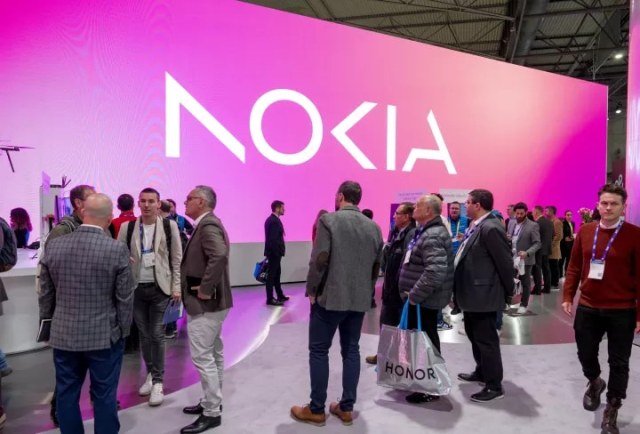Nokia announced its high-density 25G PON line card marking a major development for telecom operators seeking to scale multi-gigabit broadband services.

The 16-port card, powered by Nokia’s Quillion chipset, supports a full suite of PON technologies — GPON, XGS-PON, and 25G PON — as well as multi-PON configurations on every port. This flexible approach gives operators the agility to evolve networks in line with market demand, without costly overhauls or forklift upgrades.
The demand for multi-gigabit broadband is no longer theoretical. It’s being driven by real-world shifts: the explosion of cloud services, high-definition gaming, hybrid work patterns, and the emergence of Wi-Fi 7. Traditional 1Gbps services increasingly struggle to handle the bursty, high-peak traffic that defines modern usage patterns.
Operators must now focus on not just average bandwidth, but the ability to deliver high-speed, low-latency experiences that differentiate them in a crowded market. Nokia’s 25G PON solution is designed to help operators address this challenge head-on by offering a seamless path to higher-speed services without network disruption.
The solution’s ability to coexist with legacy GPON and XGS-PON on the same port is a significant differentiator. It enables operators to migrate services and customers incrementally, aligning Capex with demand while avoiding stranded investments. This is particularly relevant as operators increasingly view fiber as a strategic asset that must scale to meet future needs, not just current demand. The message from industry voices like Frontier’s EVP and Chief Network Officer, Veronica Bloodworth, is clear: operators must build networks that are not just fast today, but also future-ready for the services of tomorrow.
From a revenue perspective, 25G PON unlocks new monetization opportunities — from premium residential services to high-capacity enterprise connectivity. As Dell’Oro’s Jeff Heynen notes, the ability to deliver sustained multi-gigabit performance at scale will define winners in the broadband market. With 20 operators, including Google Fiber and Hong Kong Broadband, already deploying Nokia’s 25G PON solutions, early adoption signals a strong market appetite for next-generation PON technologies.
For telecom professionals, this development highlights a broader industry shift: the race to multi-gig broadband is not just about speeds, but about strategic network evolution, competitive differentiation, and unlocking new revenue streams in a world where connectivity underpins digital life.
TelecomLead.com News Desk
